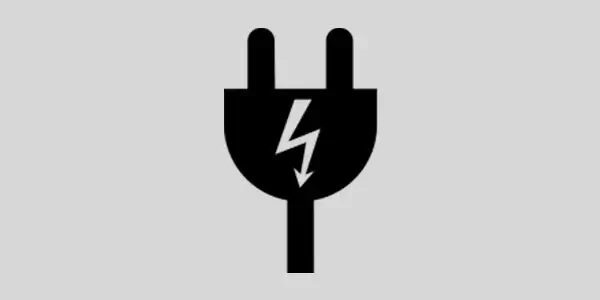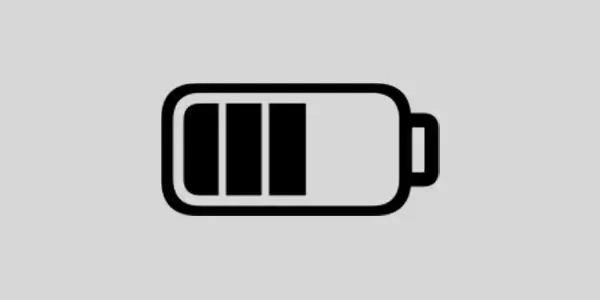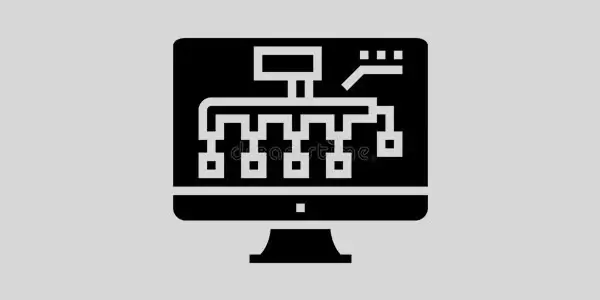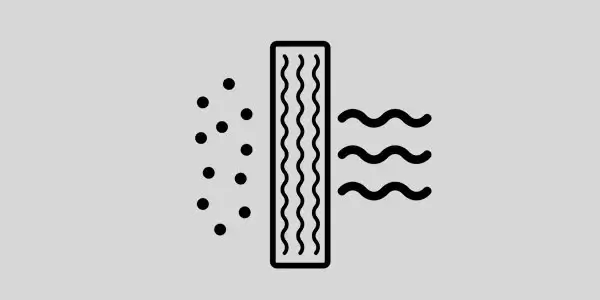We’ve all been there. You wake up in the middle of the night, drenched in sweat. The thermostat says it’s 72 degrees, but it feels more like 75. You adjust the thermostat, but it doesn’t seem to make a difference. The room is still stuffy and hot. So what’s going on?
There are a few possible explanations for why your thermostat might be reading the wrong temperature. It could be a problem with the thermostat itself, the HVAC system, or even the way the room is designed. In this topic, we’ll explore some of the most common reasons for a thermostat to read the wrong temperature.
You must narrow down the cause of an inaccurate thermostat reading because there are various possibilities. Begin by checking the weather outside.
So, you must answer the question, “How hot is it?”
If you’re having unexpected weather, your HVAC system may be working overtime to keep your home cool. However, because the outside temperature is too high, it is unable to reduce the temperature to 72 degrees Fahrenheit.
In this situation, once the heat wave passes, the measurements should revert to normal. If you’re having normal weather, it’s time to check the HVAC system and the thermostat.
We’ll begin by troubleshooting the most basic components to fix Thermostat Set At 72 but Reads 75
Inspect Your Thermostat
Thermostats use a sensor to provide readings. So, if it starts providing you with false information, it could be a problem with a faulty or broken sensor.
When this is the case, there is an easy way to know. You’ll need to use a separate thermometer to check the inside temperature.
If the thermometer gives you a different reading, it means the sensor is broken.
Unfortunately, the only way to solve this issue is to replace the entire thermostat. Thermostats are classified into two types: electromechanical and electronic. Each one employs a unique sensor.
They also feature a distinct installation process. So it’s not easy to do it yourself. As a result, it is preferable to buy a new thermostat outright.
Check the Power Source
Thermostats can also be powered by the electrical system in the home. Instead of batteries, you must examine the power source. Check for blown fuses or tripped circuit breakers.
If this is the case, contact an electrician to resolve the issue. After you’ve resolved the electrical issue, your thermostat should display the right values.
Check The Battery Life
Sometimes difficulties arise as a result of a lack of power. Many thermostats are powered by batteries. When the battery is low, it is more likely to give you errors.
A low battery indicator is generally provided by thermostats. Of course, this suggests that a fresh set is required. People, on the other hand, are prone to procrastination.
Thermostats will continue to function for one or two months after the low battery warning has been turned off. So, if you haven’t changed them yet, the thermostat is running on restricted power and time.
Replace the batteries and check to see if your thermostat readings have improved.
Thermostat Location
As previously stated, thermostats employ sensors to determine when to send a signal to your HVAC system. So its position is important. The readings can be influenced by external factors.
It may read a higher temperature if it receives a lot of sunshine. The same holds true in the opposite situation. When placed in a chilly environment, it will read a lower temperature than the setting.
It is critical to locate your thermostat in a convenient location in your home. In this manner, it is not subjected to extreme heat or cold.
If this is the case, contact an HVAC specialist to have your thermostat relocated. If you have the necessary experience, you can move the thermostat yourself.
Inspect Your HVAC System
The thermostat isn’t the only offender. An HVAC system is made up of numerous components. If one fails, the entire system will fail in some way.
As a result, it may appear to be an inaccurate thermostat reading. It may, however, be working hard to reach that 72-degree temperature.
The filter and ductwork are two components that influence the performance of your HVAC system.
Leaky Ductwork
If the problem persists, the ductwork may be at fault. More specifically, the air is leaking from somewhere in the system. However, mismatched thermostat readings are simply one of the warning indicators.
There are several indicators that there is an issue with the ducting. The first indicator would be an HVAC system that is having difficulty keeping your home cool. Some rooms may never cool off.
As a result, your air conditioner is continually on. As a result, your energy bill will be greater. Finally, you must consider air quality. Is it done in a noticeable way?
In other words, is there an increase in the amount of dust in your home? Outside pollutants and debris may also be picked up by your HVAC system. As a result, it has an impact on air quality.
Check the Filter
The filter in your HVAC system filters the air. Whatever its efficiency, it captures airborne debris. If you don’t already know, you should change your filter every three months.
However, this is dependent on the season and your surroundings. In any event, it’s possible that you haven’t changed the air filter in a while. There are consequences to forgetting to change.
A clogged filter obstructs airflow. As a result, your HVAC system will attempt to reduce the temperature to 72 degrees Fahrenheit.
However, it cannot do so if insufficient air goes through the filter. Change or wash your filter to see if the temperature drops.
How Do You Know If A Thermostat Is Working Properly?
Battery and sensor issues may be the least of your concerns. Sometimes the entire thermostat is the issue. There are a few indicators that it is beginning to malfunction.
It’s all about how it reacts to your input. A properly functioning thermostat should respond instantly to any changes you make.
If your thermostat takes more than two minutes to respond to changes, it isn’t working properly.
In addition, faulty thermostats will be unable to turn on the air conditioner or furnace. It activates these gadgets by transmitting a signal via electrical cables. When the wiring fails, the thermostats fail to send the signal.
It’s also an issue in the opposite situation. Perhaps you’re attempting to turn off the air conditioner or heater. As a result, you push the OFF button. However, the heater or air conditioner continues to operate.
This problem is caused by poor wiring or inaccurate calibration. If this describes your scenario, you should think about changing your thermostat.
You might want to see this:
- Thermostat Says Heat On But No Heat – How to Solve it?
- Why My Nest Thermostat Not Cooling – How to fix it?
- 2022 Best Affordable Smart Thermostats






